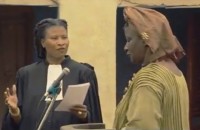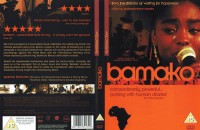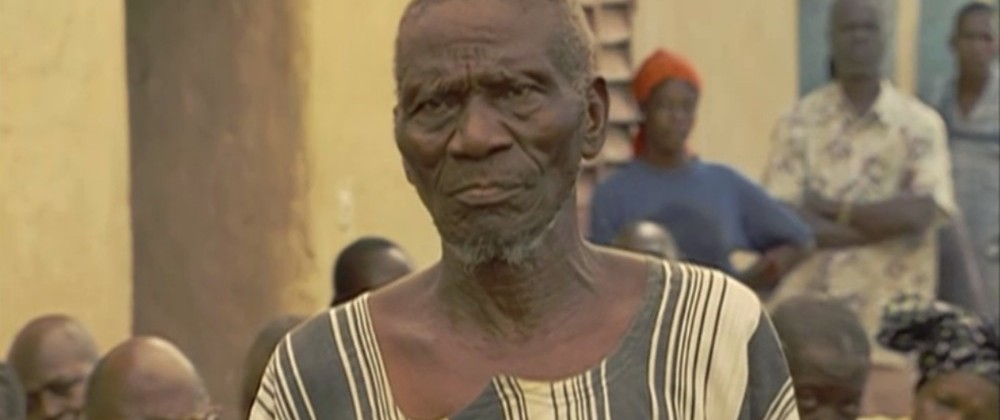Volume 11, Issue 6 / June 2007
African Cinema
In this issue
-

20th FESPACO (Festival Panafricain du Cinéma de Ouagadougou)
A Memorable Experience
-

Interview with Abderrahmane Sissako
Director of Bamako
-

Who’s Talking? Who’s Listening?
Toward a Better System of Communication in Abderrahmane Sissako’s Bamako
-

Bamako
Speech, Silence, and Sometimes Death
-

Tunde Kelani’s Thunderbolt
African Video for African Audiences
-

“African” Cinema: A Comparative Look at Blood Diamond and Ezra
Nigeria vs. Hollywood
This special issue on African cinema (and specifically Sub-Saharan African cinema) was motivated by a trip to the 20th FESPACO (Festival Panafricain du Cinéma de Ouagadougou) in Burkina Faso, Africa which was organised by Film Studies professor Peter Rist and Film Animation professor Cilia Sawadogo from Concordia University, as part of a course taught by Rist on Sub-Saharan African Cinema. Having spoken to many people involved, I know that for the many students who went on this trip it was a memorable experience. Also in the back of my mind during the germination of this issue was the death of perhaps Africa’s most famous filmmaker (and a prolific writer of some renown), Ousmane Sembene, on June 9, 2007. Although the Senegal-born Sembene is not featured, the issue is dedicated to a man who was simply known as “the father of African cinema.” (Offscreen has planned an essay on Sembene for an upcoming issue.) The issue starts off with a more personal introduction to the trip by Peter Rist, who has kindly provided a sampling of some photos taken by various people during the trip. The issue fittingly features three pieces on one of the more important films at the festival, Bamako: an interview with its director Abderrahmane Sissako and two studies of the film by Ryan Spence and Jason Lindop. Ryan Spence’s essay concentrates on Sissako’s formal interplay between varying forms of interrogative discourse (trial process, question/answer, song) and narration, and how the differing power structures of communication in Africa and the West need to be addressed before the true collective voice of Africa can be heard and, in turn, true economic and social progress can be made. Jason Lindop offers a close analysis of Sissako’s symbolic treatment of the social and economic effects of globalization and Western intervention in Africa. Author Joshua Murphy gives an analysis of the tensions between tradition and modernity (among other elements) in Thunderbolt, a representative of the hundreds of recent video works to be coming out of Nigeria in recent years (sometimes called Nollywood). Murphy places the film within the (hopefully) burgeoning desires and ambitions of this impressive commercial industry. Concluding the issue is Becky Korman’s comparative analysis of the strengths and weaknesses of two films, one Nigerian (Ezra) and one American (Blood Diamond), which are based on a similar subject: the consequences of civil war on the people of Sierra Leone as a result of conflict surrounding the diamond trade.
Click here for an excellent Guardian/NFT interview with Sembene and here for a valuable source of material/information by Sembene scholar, Professor Samba Gadjigo. (Donato Totaro, ed.)









